Home>Gardening & Outdoor>Landscaping Ideas>How Does Elephant Grass Adapt In The Savanna
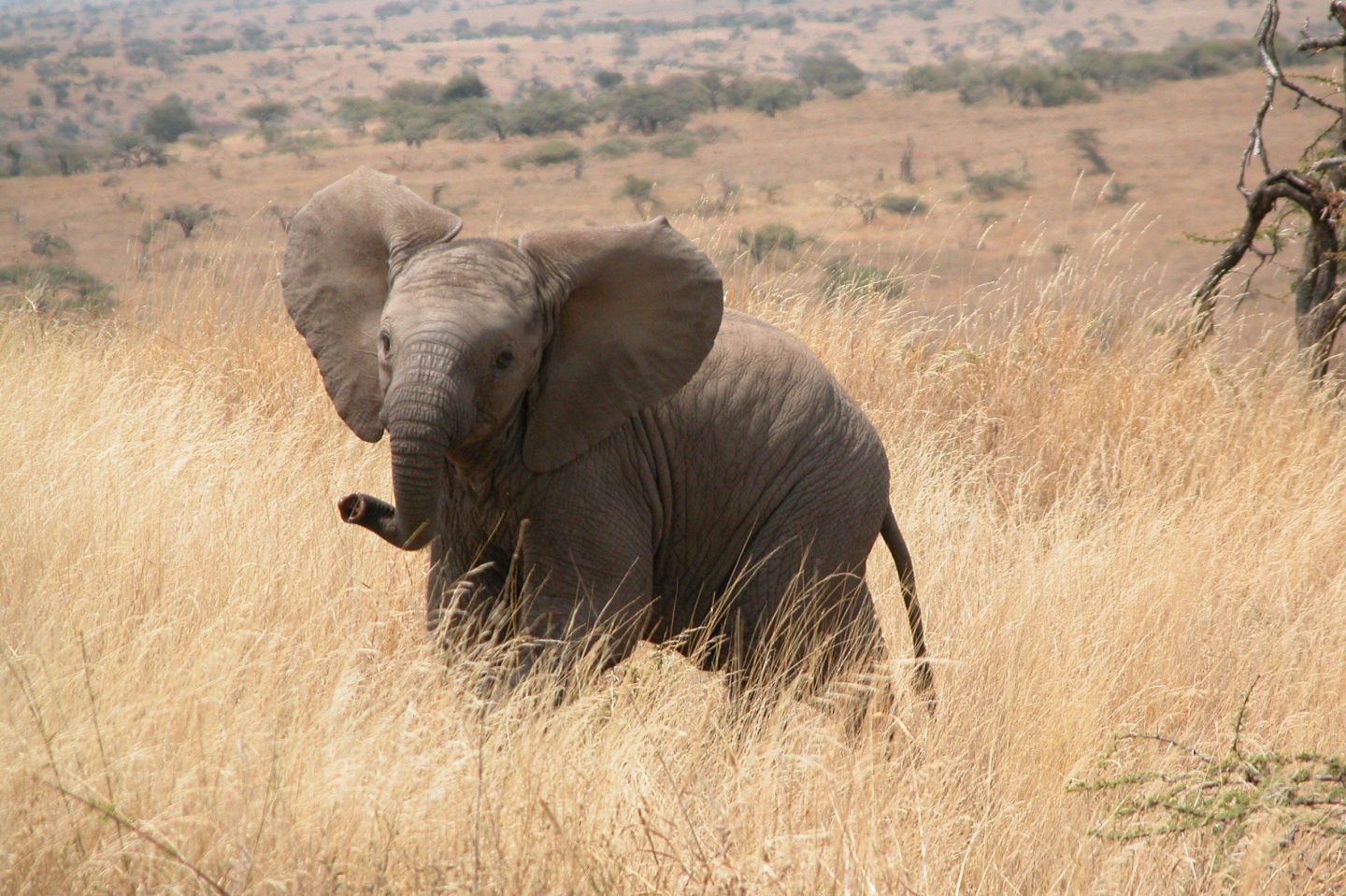

Landscaping Ideas
How Does Elephant Grass Adapt In The Savanna
Published: January 25, 2024
Discover how elephant grass thrives in the savanna and explore landscaping ideas for incorporating it into your outdoor space. Learn about its adaptability and benefits.
(Many of the links in this article redirect to a specific reviewed product. Your purchase of these products through affiliate links helps to generate commission for Storables.com, at no extra cost. Learn more)
Introduction
Read more: How Does Lemon Grass Adapt To The Savanna
Introduction
Elephant grass, scientifically known as Pennisetum purpureum, is a robust and versatile plant species that thrives in various ecosystems, including the expansive savannas. The savanna, characterized by vast grasslands dotted with sporadic trees, presents a unique set of challenges for plant life due to its distinct climate and soil conditions. Within this dynamic environment, elephant grass has evolved remarkable adaptations to not only survive but also thrive. Understanding the characteristics and adaptations of elephant grass in the savanna provides valuable insights into the resilience and significance of this plant species within its ecosystem. In this article, we will explore the remarkable characteristics and adaptations of elephant grass, shedding light on its pivotal role in the savanna ecosystem. Let's delve into the fascinating world of elephant grass and uncover the secrets of its success in the savanna.
Key Takeaways:
- Elephant grass thrives in the savanna due to its deep roots for water, rapid regrowth after disturbances, and ability to outcompete other plants, making it a crucial part of the ecosystem’s balance and biodiversity.
- Elephant grass provides food and shelter for herbivores and birds, stabilizes the soil, and helps regulate carbon dioxide levels, showcasing its vital role in sustaining the rich tapestry of life within the savanna ecosystem.
Characteristics of Elephant Grass
Before delving into the adaptations of elephant grass in the savanna, it is essential to grasp the fundamental characteristics that define this resilient plant species. Elephant grass, also known as Napier grass, is a perennial grass native to the African grasslands. It is renowned for its towering stature, often reaching heights of 10 to 12 feet, with some specimens even surpassing this impressive benchmark. The robust and fibrous stems of elephant grass are characterized by their remarkable strength and durability, making them well-suited to withstand the rigors of the savanna environment.
Furthermore, the leaves of elephant grass are broad and coarse, exuding a vibrant green hue that adds a striking visual contrast to the golden savanna landscape. These leaves are adept at capturing sunlight, a crucial adaptation that facilitates the plant’s photosynthetic processes. Additionally, elephant grass produces an abundance of seeds, ensuring its prolific propagation within the savanna ecosystem.
Another notable characteristic of elephant grass is its rapid growth rate, enabling it to quickly colonize open spaces and outcompete other plant species. This vigorous growth is supported by the plant’s extensive root system, which delves deep into the soil to extract essential nutrients and moisture, thereby conferring a competitive edge in the resource-scarce savanna environment.
Moreover, elephant grass exhibits exceptional drought tolerance, a vital attribute in the face of the savanna’s erratic rainfall patterns. Its ability to endure prolonged periods of aridity underscores its resilience and adaptability, positioning it as a cornerstone species within the savanna ecosystem.
These characteristics collectively underscore the formidable nature of elephant grass, endowing it with the capacity to thrive in the challenging conditions of the savanna. Now, let’s explore how these traits have culminated in remarkable adaptations that enable elephant grass to flourish in this unique ecological niche.
Adaptations of Elephant Grass in the Savanna
Elephant grass has evolved a myriad of adaptations that equip it to navigate the demanding terrain of the savanna. One of its most striking adaptations lies in its robust and extensive root system, which serves as a vital anchor in the nutrient-poor savanna soils. The deep-reaching roots of elephant grass enable it to tap into subterranean water reservoirs, granting it a reliable water source amidst the parched landscape. This adaptation enhances the plant’s resilience during extended dry spells, allowing it to maintain metabolic processes and sustain growth even in the face of limited water availability.
Furthermore, elephant grass exhibits a remarkable capacity for rapid regrowth following grazing or fire events, a critical adaptation in an environment where such disturbances are prevalent. Its ability to swiftly regenerate foliage and stems enables it to withstand the pressures of herbivory and natural wildfires, ensuring its persistence within the savanna ecosystem.
Another noteworthy adaptation of elephant grass is its allelopathic properties, wherein it releases biochemical compounds that inhibit the germination and growth of competing plant species. This mechanism affords elephant grass a competitive advantage, allowing it to dominate vast swathes of the savanna landscape and thwart encroachment by other plants, thereby solidifying its presence in the ecosystem.
Moreover, elephant grass has developed a sophisticated mechanism for optimizing photosynthetic efficiency in response to fluctuating light intensities. Its broad, sun-soaked leaves and efficient carbon fixation pathways enable it to capitalize on available sunlight, ensuring sustained energy production even amidst the shifting canopy dynamics of the savanna.
Additionally, the high lignin content in elephant grass imparts structural rigidity to its stems, rendering them resistant to physical stress and herbivory. This fortification serves as a deterrent against browsing animals and bolsters the plant’s ability to withstand the buffeting winds that sweep across the open savanna plains.
These adaptations collectively underscore the resilience and adaptability of elephant grass, positioning it as a keystone species in the intricate tapestry of the savanna ecosystem. By harnessing these remarkable adaptations, elephant grass not only endures the challenges of the savanna but also plays a pivotal role in shaping the dynamics of this iconic landscape.
Elephant grass adapts to the savanna by growing tall to reach sunlight, developing deep roots to access water, and having tough leaves to withstand grazing and fires.
Role of Elephant Grass in the Savanna Ecosystem
Elephant grass plays a multifaceted and indispensable role in the intricate web of life within the savanna ecosystem. As a primary producer, it forms the foundation of the food chain, providing sustenance for a diverse array of herbivores, ranging from grazing mammals to insects. The towering stature and prolific growth of elephant grass yield an abundant supply of nutritious forage, supporting the nutritional needs of numerous herbivorous species that roam the savanna plains.
Moreover, the dense thickets of elephant grass serve as vital refuges and nesting sites for various bird species, offering shelter and protection amidst the expansive grasslands. This contributes to the rich avian biodiversity that characterizes the savanna, fostering a harmonious coexistence between plant and animal communities.
Furthermore, the extensive root network of elephant grass plays a pivotal role in stabilizing the soil and mitigating erosion, particularly during intense rainfall events. By anchoring the earth with its robust roots, elephant grass helps maintain the integrity of the savanna landscape, preventing soil degradation and preserving the delicate balance of the ecosystem.
Additionally, elephant grass contributes to the regulation of carbon dioxide levels in the atmosphere through its vigorous photosynthetic activity. As it harnesses sunlight to convert carbon dioxide into organic compounds, it actively participates in the global carbon cycle, mitigating the impacts of climate change and bolstering the ecological resilience of the savanna.
Furthermore, the allelopathic properties of elephant grass, while ensuring its dominance within the savanna, also contribute to the regulation of plant competition, shaping the species composition and distribution patterns across the grasslands. This intricate interplay of plant interactions underscores the far-reaching influence of elephant grass on the ecological dynamics of the savanna.
Overall, the presence of elephant grass exerts a profound influence on the structure and function of the savanna ecosystem, shaping the intricate relationships between species and fostering the resilience of this iconic biome. Its pivotal contributions to nutrient cycling, biodiversity, and ecosystem stability underscore the irreplaceable role of elephant grass in sustaining the rich tapestry of life that thrives within the savanna.
Read more: What Eats Star Grass In The Savanna
Conclusion
Elephant grass, with its towering stature and remarkable adaptations, stands as a resilient emblem of the savanna ecosystem, embodying the intricate interplay between plant life and the natural forces that shape the landscape. From its extensive root system that delves deep into the arid soils to its rapid regrowth following disturbances, elephant grass exemplifies the tenacity and adaptability required to thrive amidst the challenges of the savanna.
As a keystone species, elephant grass plays a pivotal role in sustaining the delicate balance of the savanna ecosystem. Its towering canopies provide sustenance and shelter for a diverse array of herbivores and avian species, contributing to the rich biodiversity that defines the savanna landscape. Moreover, its role in soil stabilization, carbon sequestration, and the regulation of plant competition underscores the far-reaching impact of this resilient grass species on the intricate web of life within the savanna.
By unraveling the remarkable characteristics and adaptations of elephant grass, we gain a deeper appreciation for the resilience and significance of this iconic plant species. Its ability to endure the rigors of the savanna while fostering a thriving ecosystem underscores the intricate dance of adaptation and interdependence that defines the natural world.
In essence, the story of elephant grass in the savanna is a testament to nature’s ingenuity and the remarkable capacity of living organisms to carve out a niche in even the most challenging environments. It serves as a poignant reminder of the intricate relationships that underpin the resilience and diversity of our planet’s ecosystems, urging us to cherish and safeguard the invaluable tapestry of life that unfolds within the vast expanse of the savanna.
As we continue to unravel the mysteries of the natural world, the enduring presence of elephant grass in the savanna stands as a testament to the indomitable spirit of life and the awe-inspiring adaptations that enable species to flourish against all odds.
Frequently Asked Questions about How Does Elephant Grass Adapt In The Savanna
Was this page helpful?
At Storables.com, we guarantee accurate and reliable information. Our content, validated by Expert Board Contributors, is crafted following stringent Editorial Policies. We're committed to providing you with well-researched, expert-backed insights for all your informational needs.

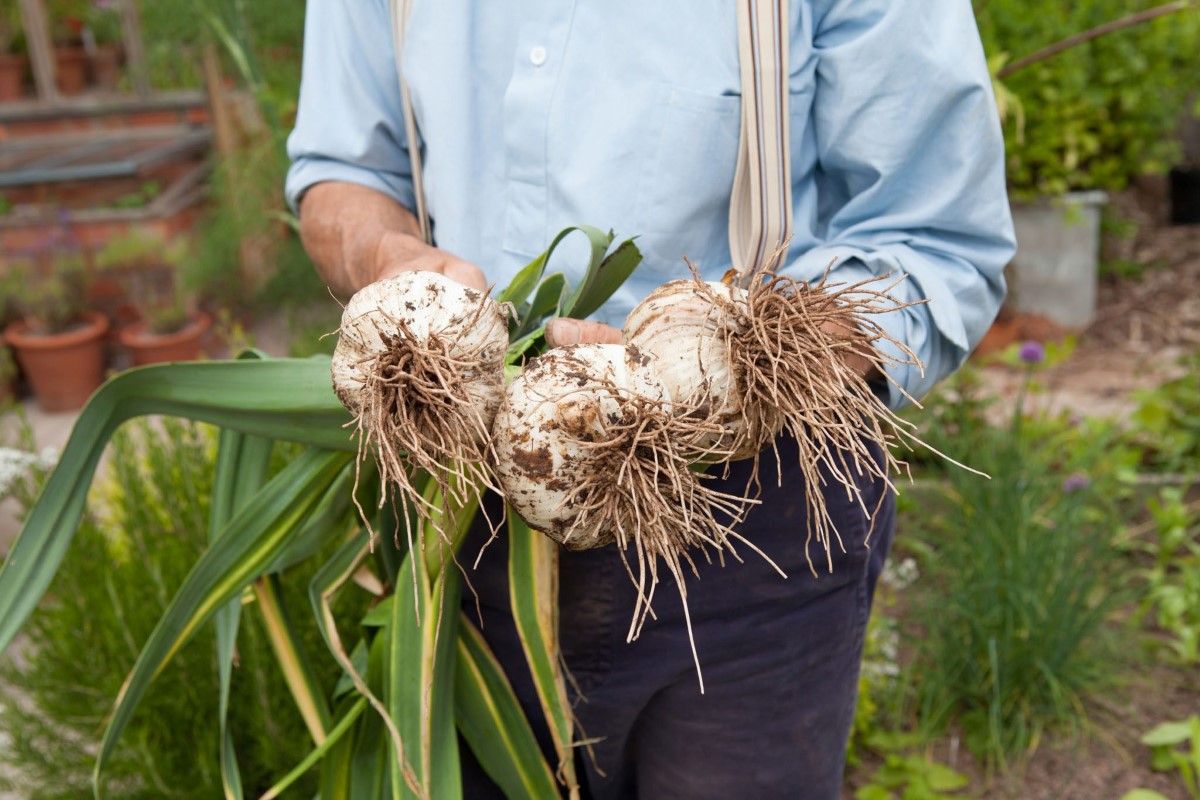
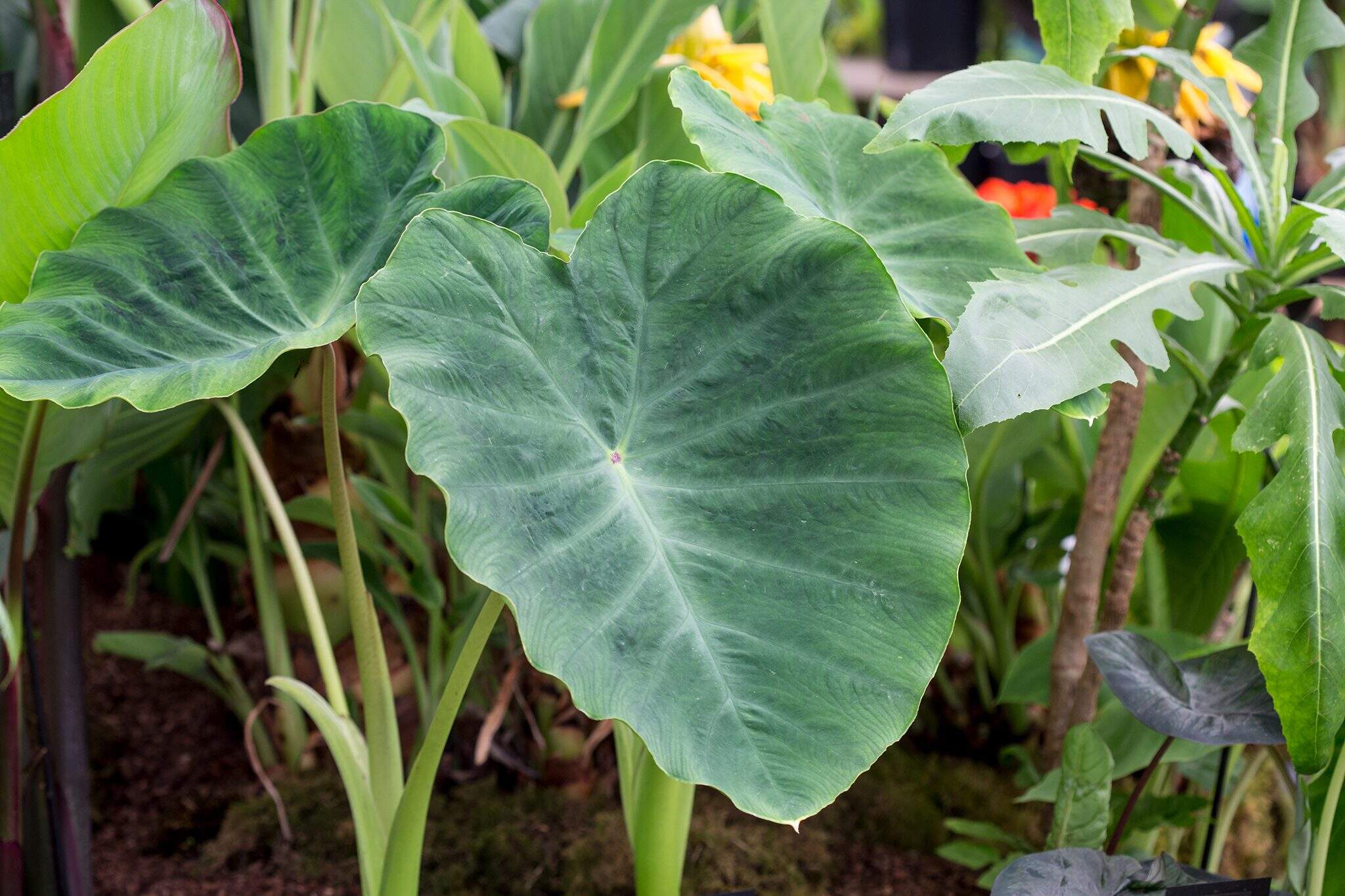





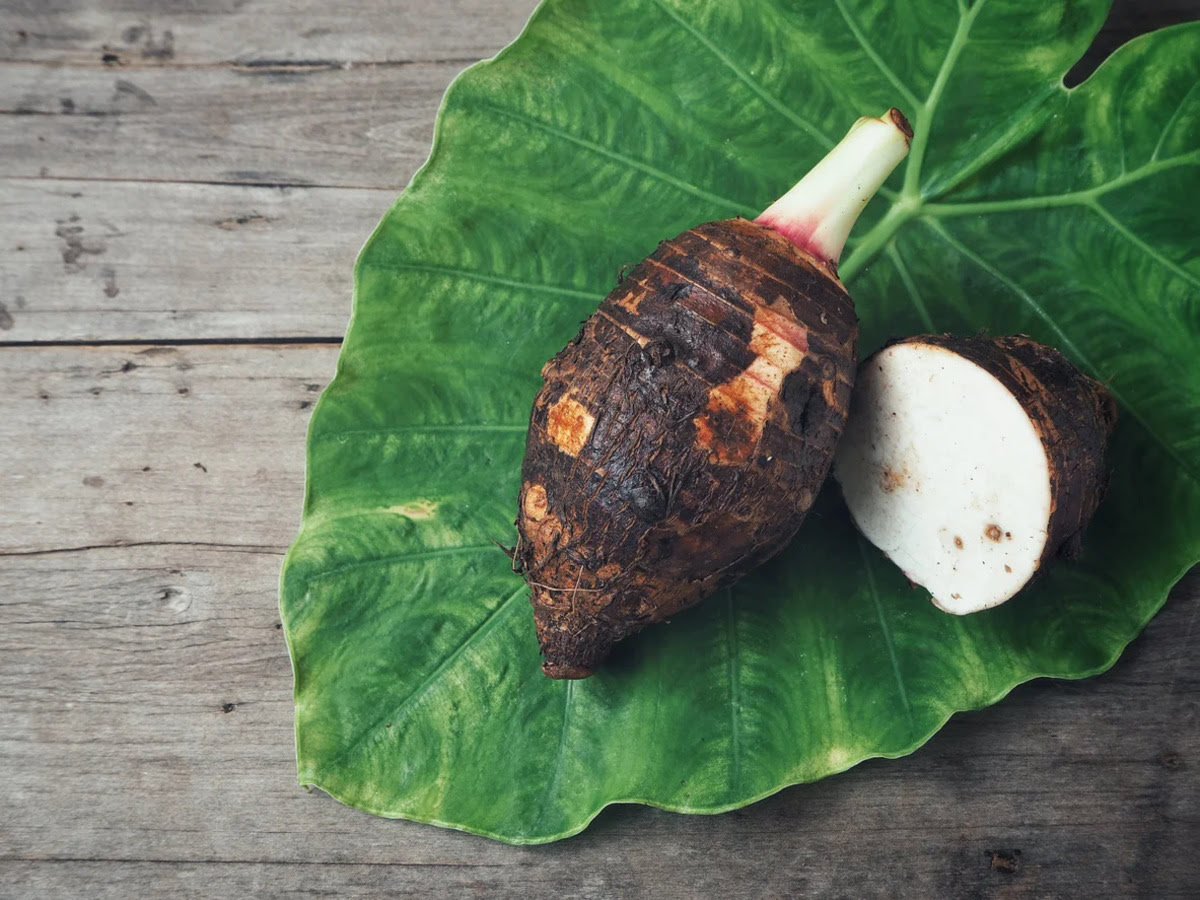


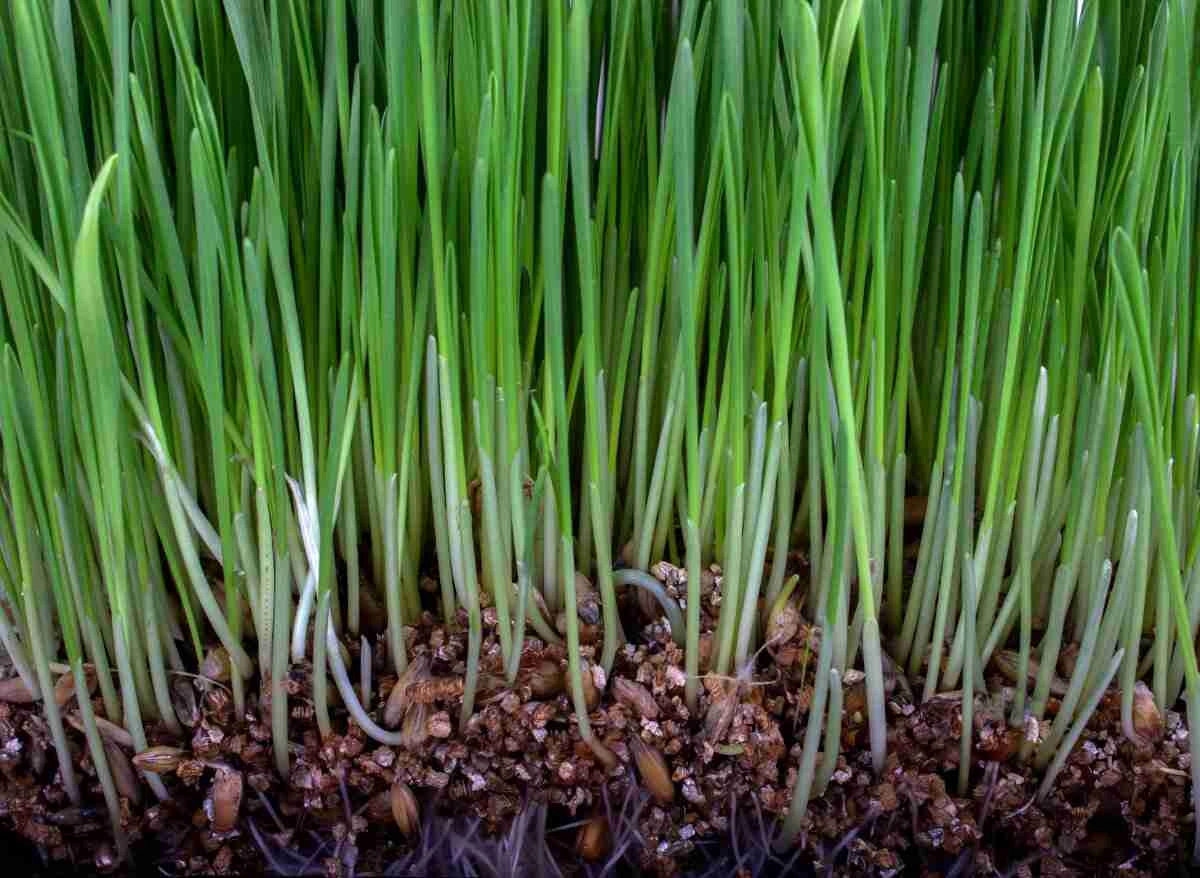
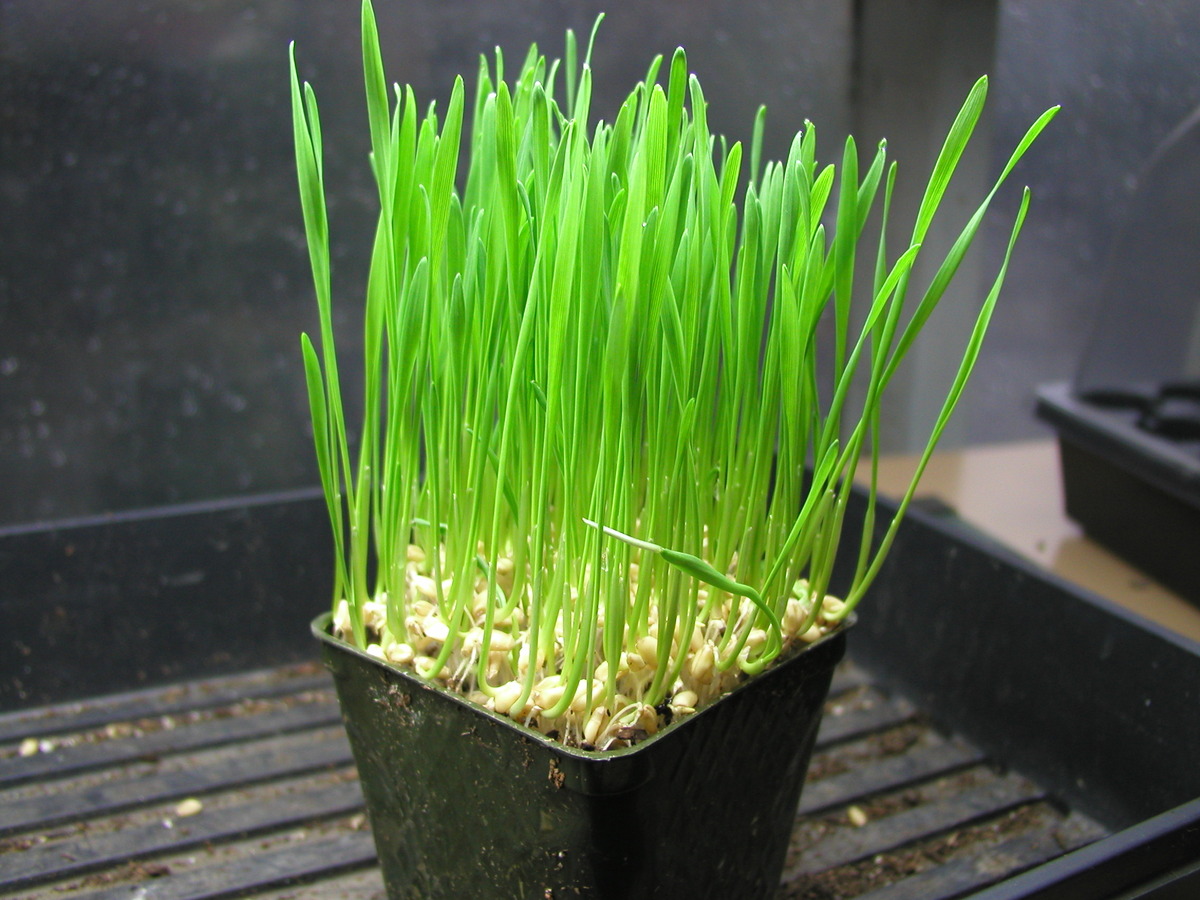


0 thoughts on “How Does Elephant Grass Adapt In The Savanna”